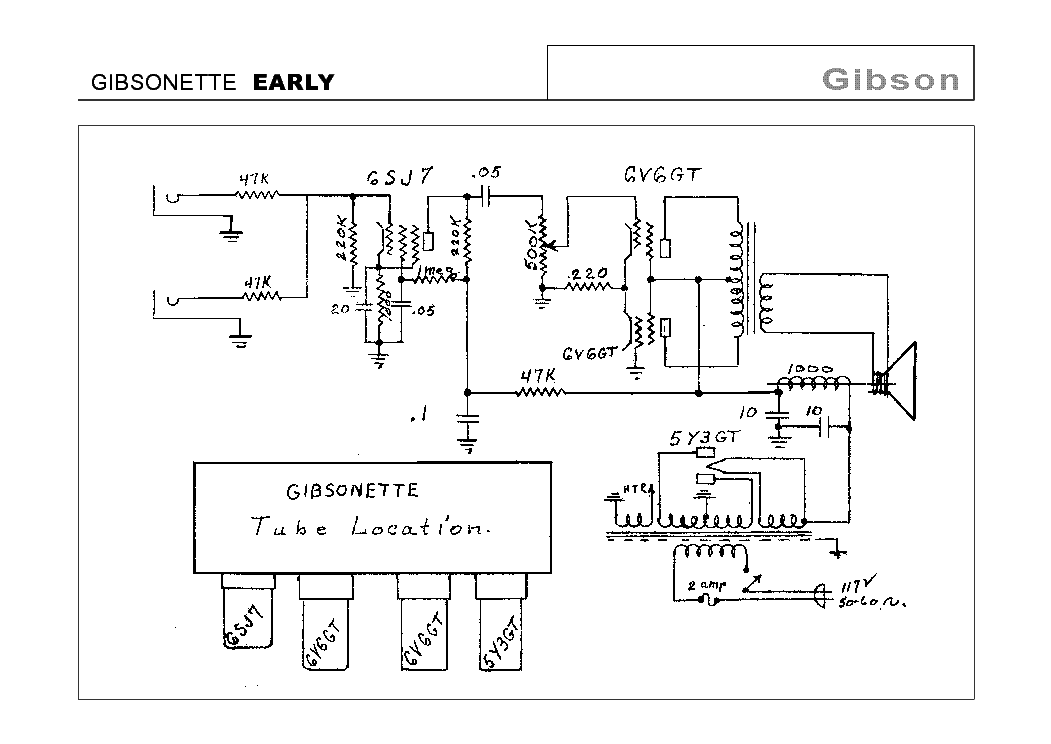Hello everyone. I have to restore a Bronson Melody King combo from the early 50's. With 6SC7, 6SN7, and new 5AR4 rectifier and new 6L6GC pair. The speaker is an old Jensen P12R. I'm not sure if originally uses this rectifier and these power tubes. At the top, faced with the voltage indications, it says "54 watts". I imagine it refers to electric consumption. I have read that the origin of the amplifier is probably Magnatone.
Does anyone have information about this amp? Or a scheme?
Thanks to all.
Does anyone have information about this amp? Or a scheme?
Thanks to all.


Comment